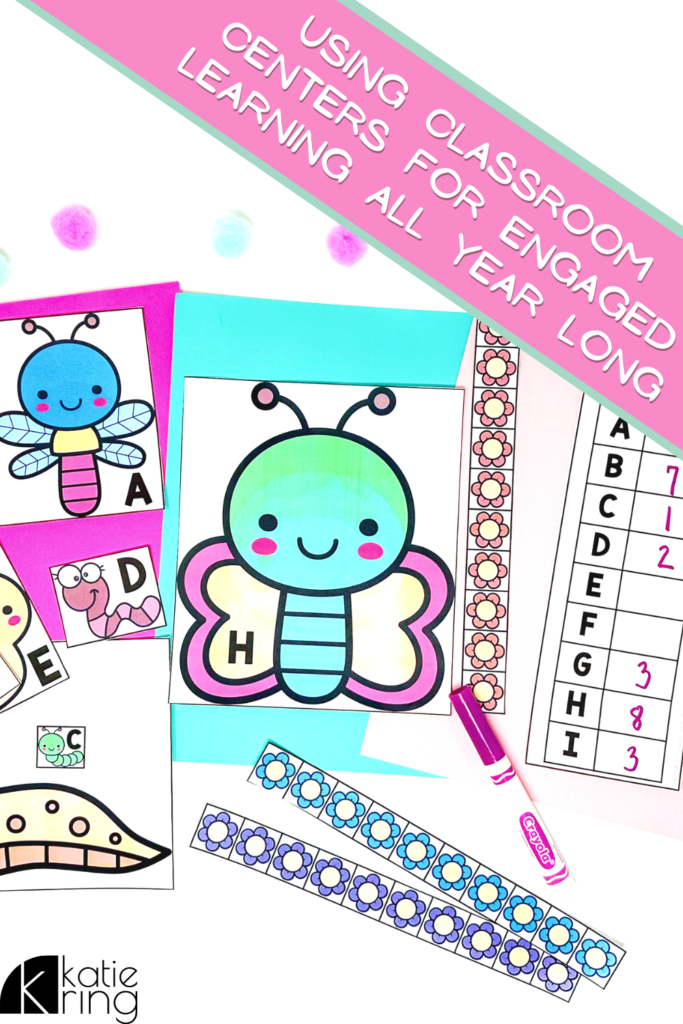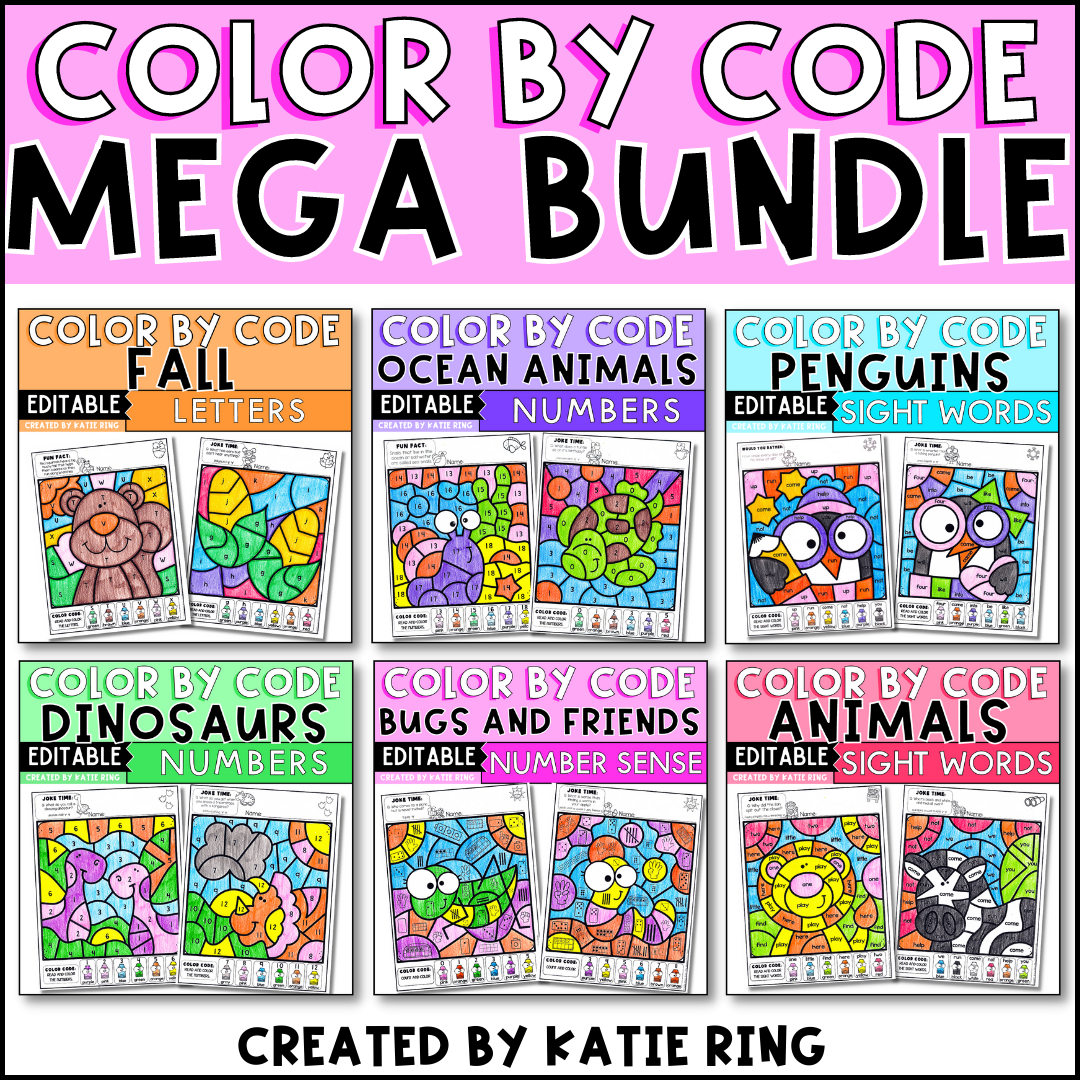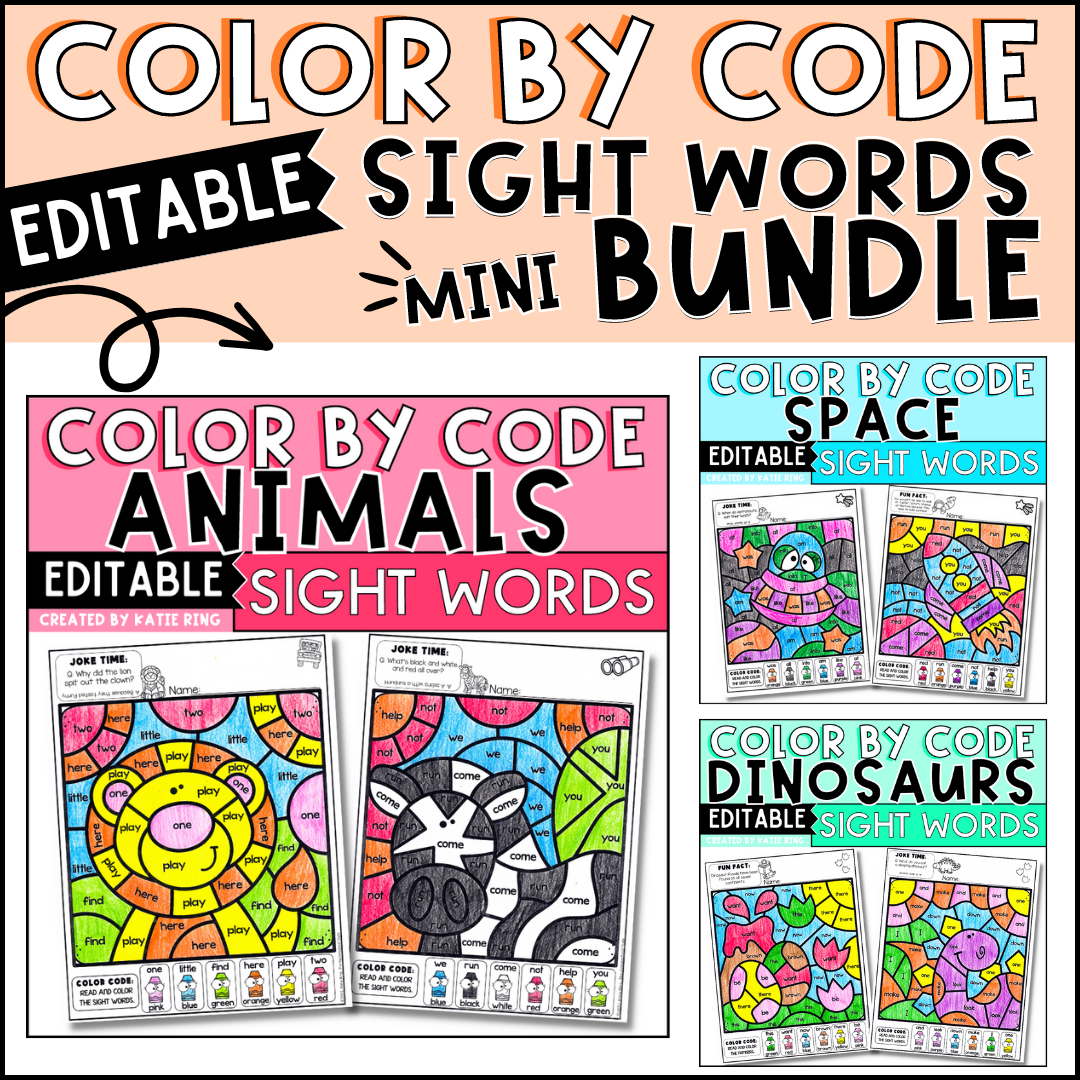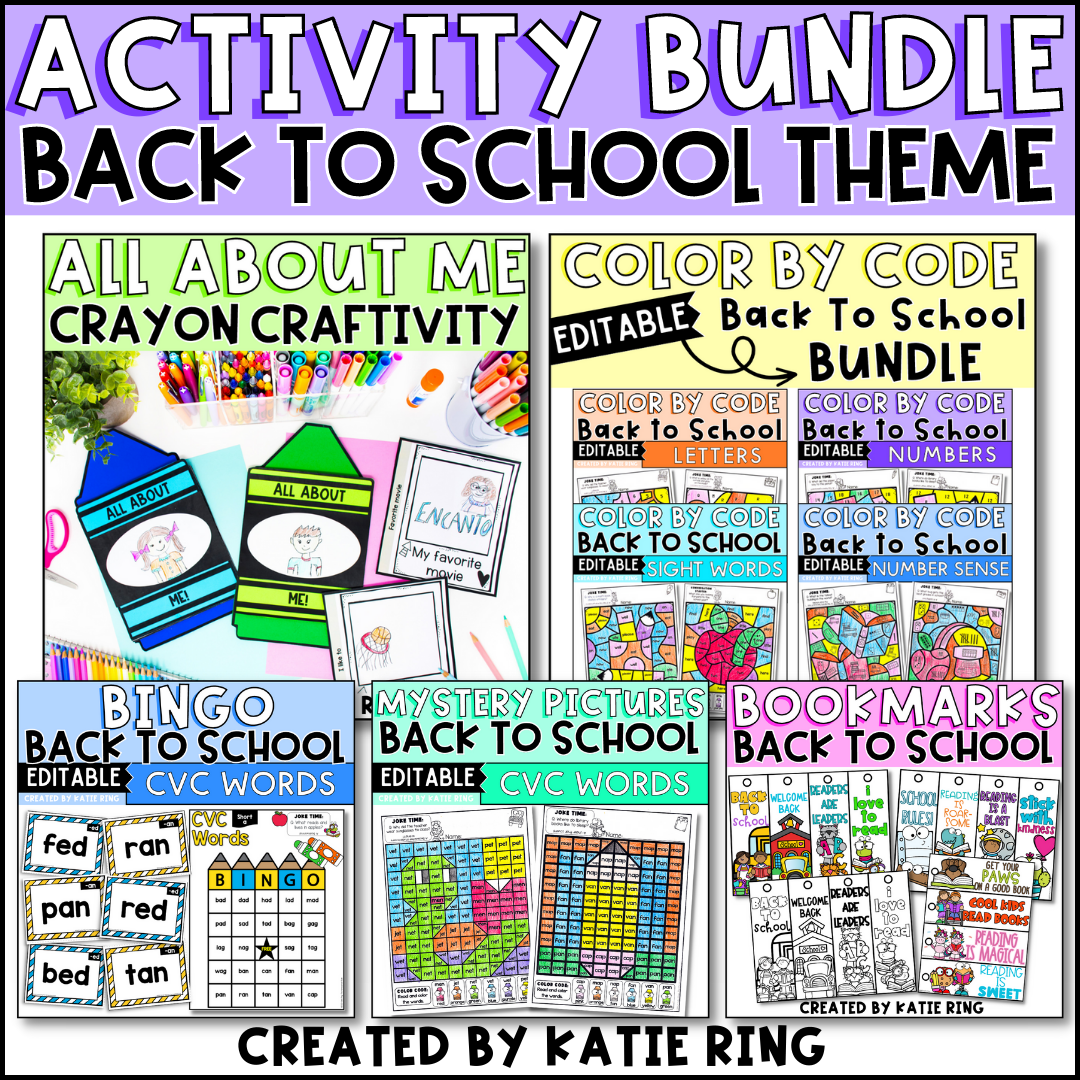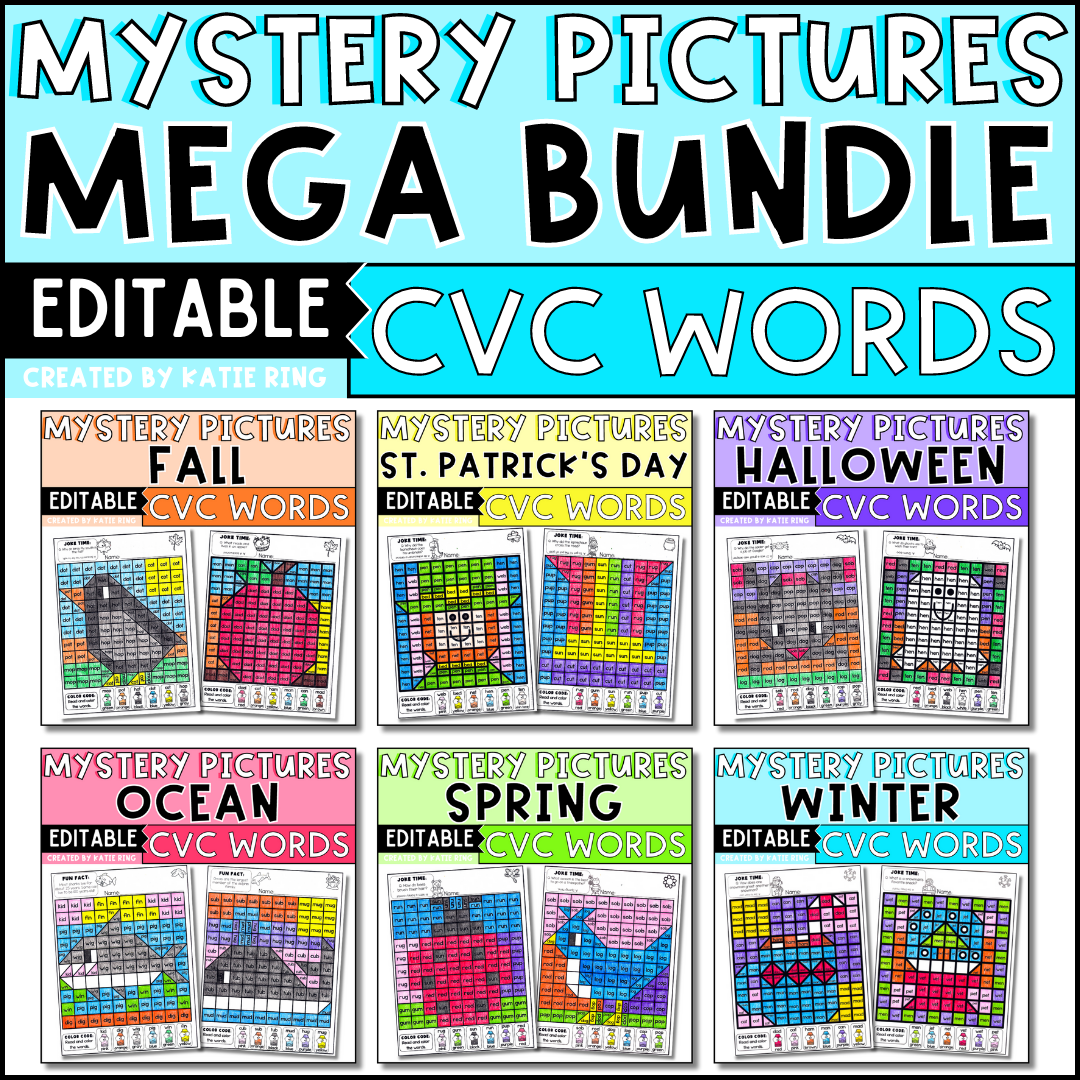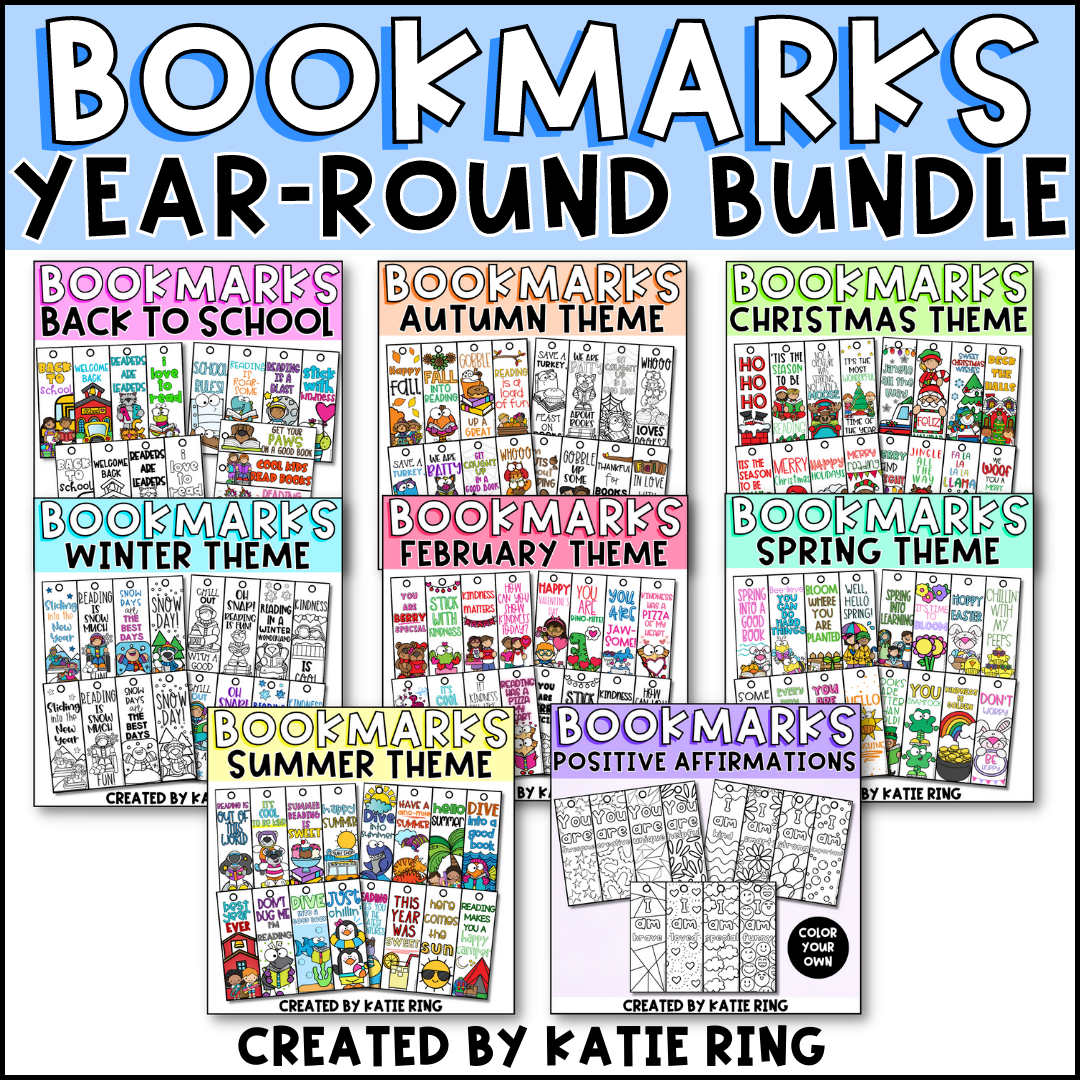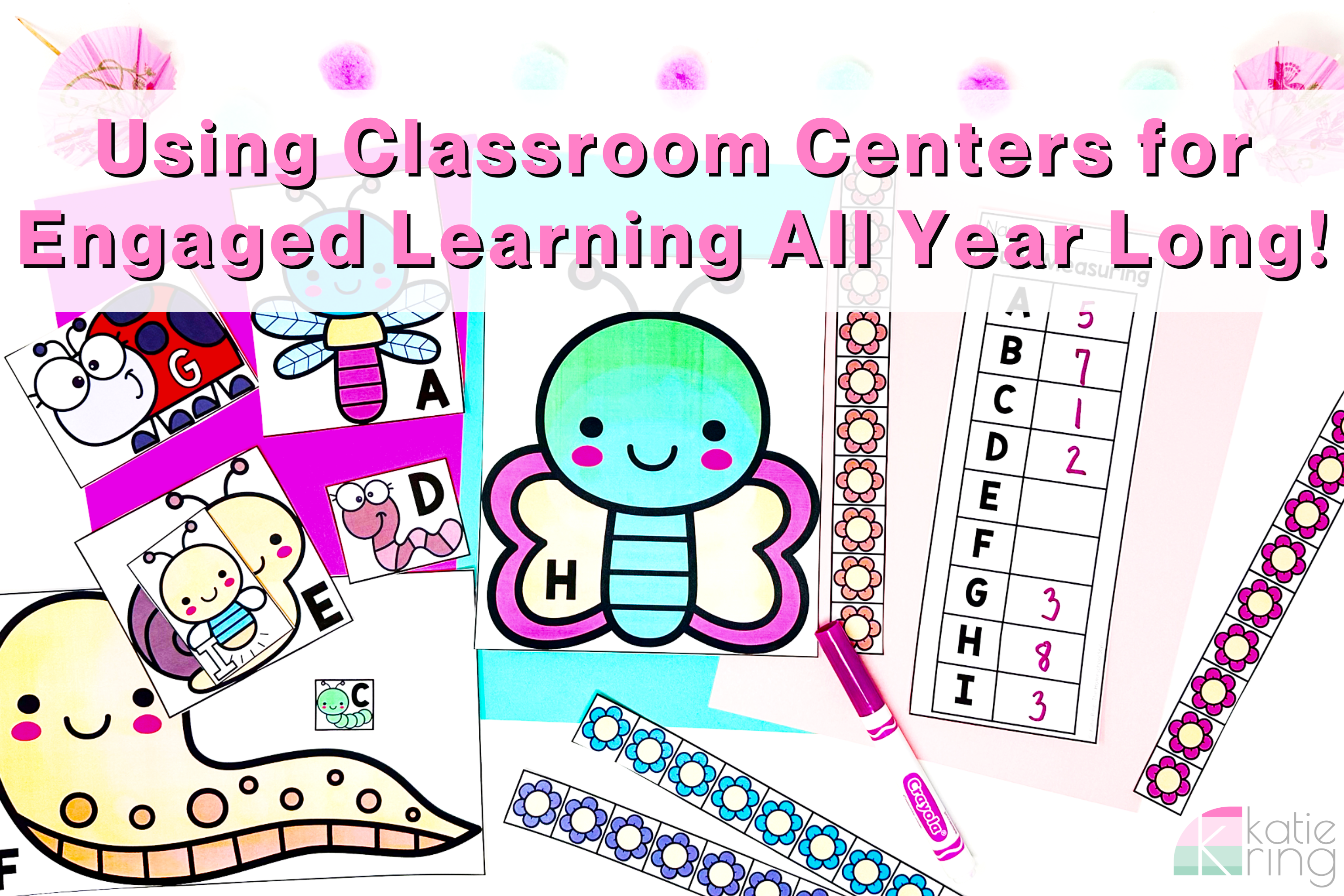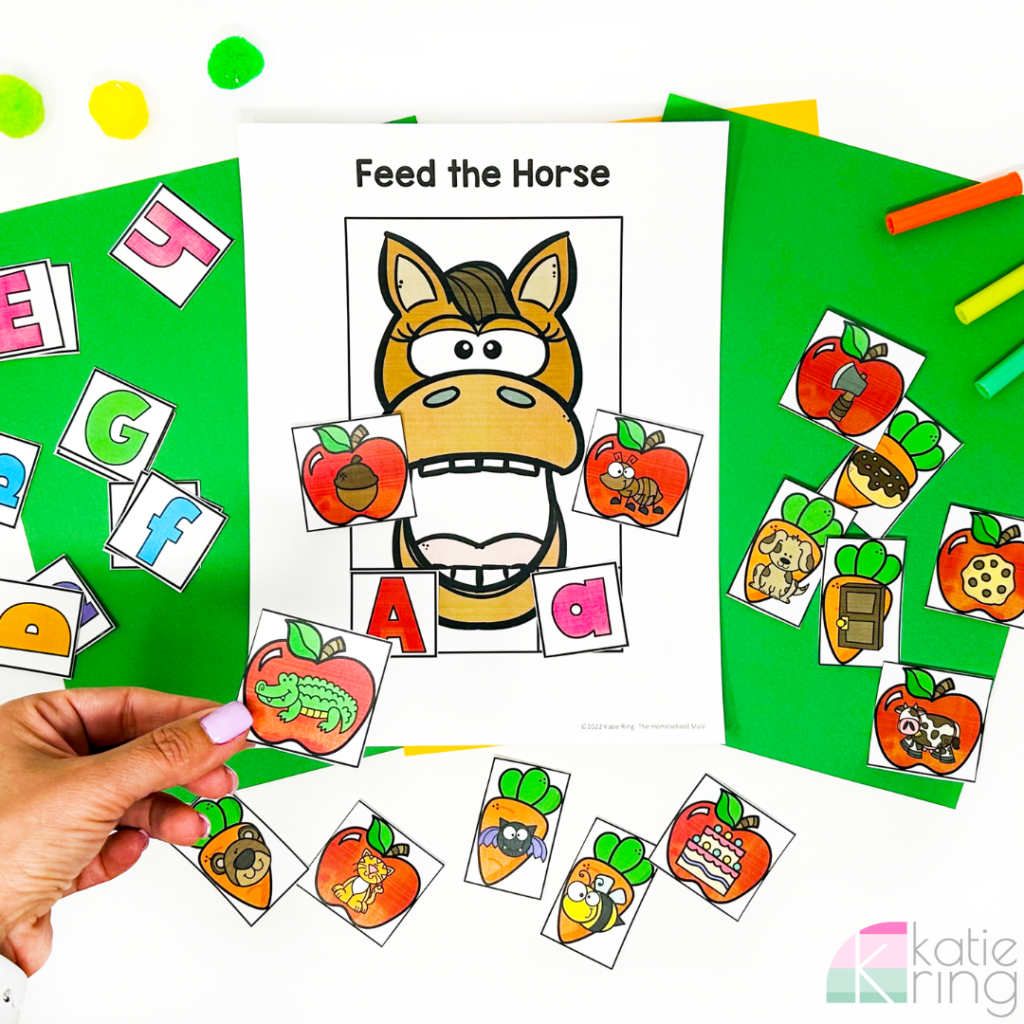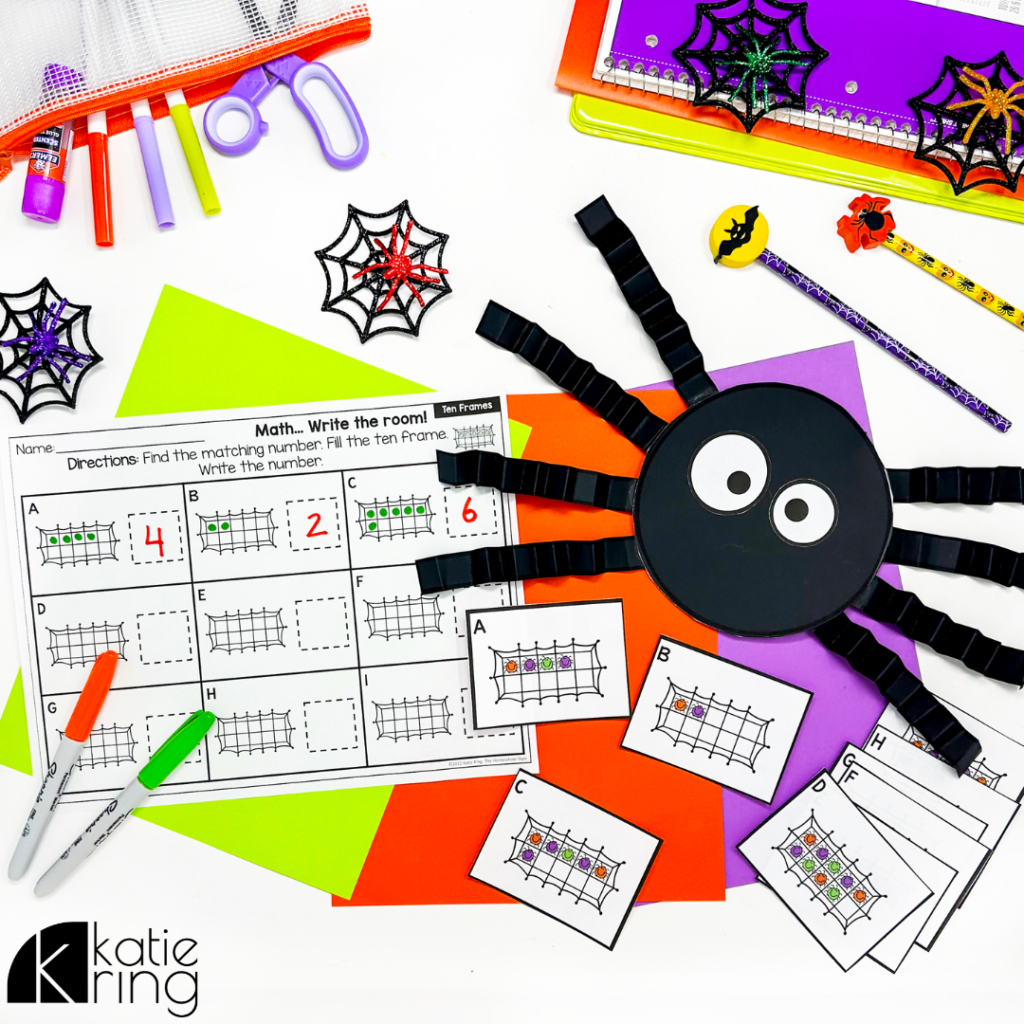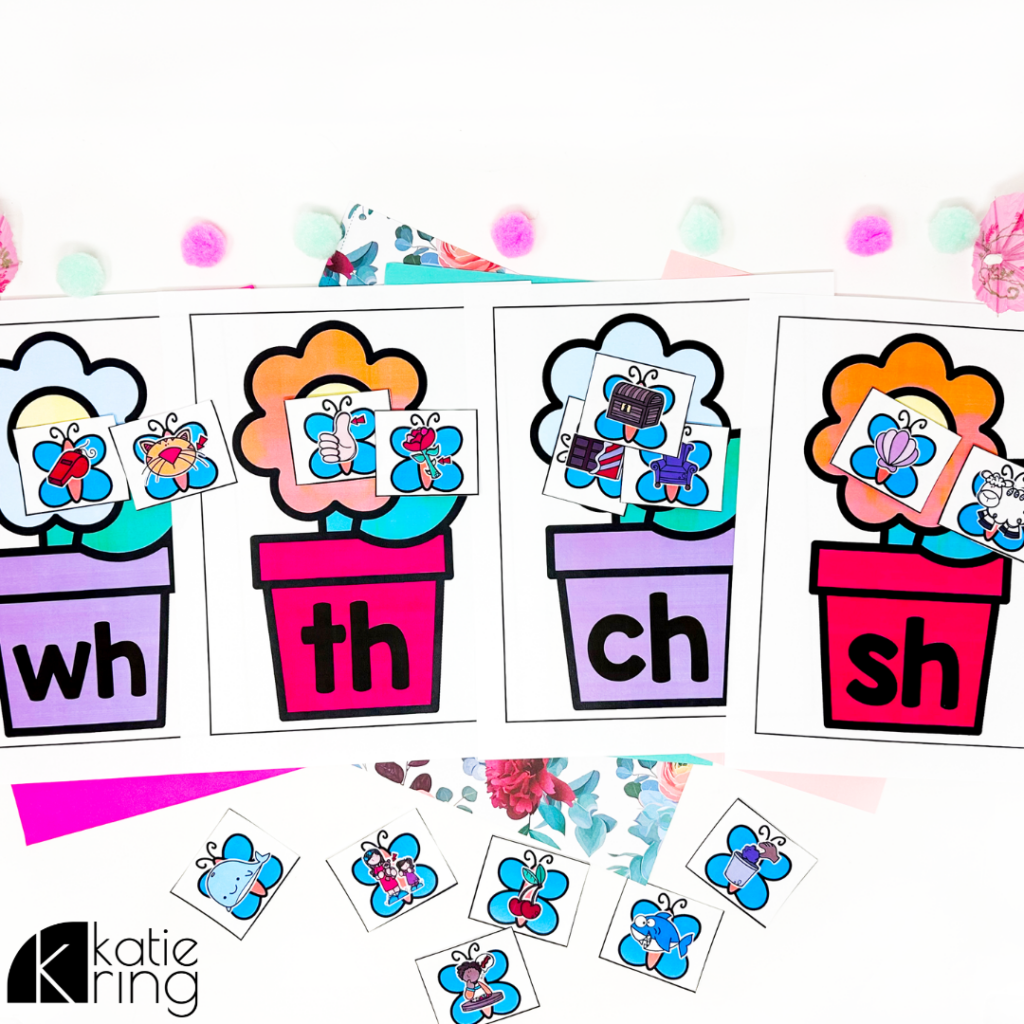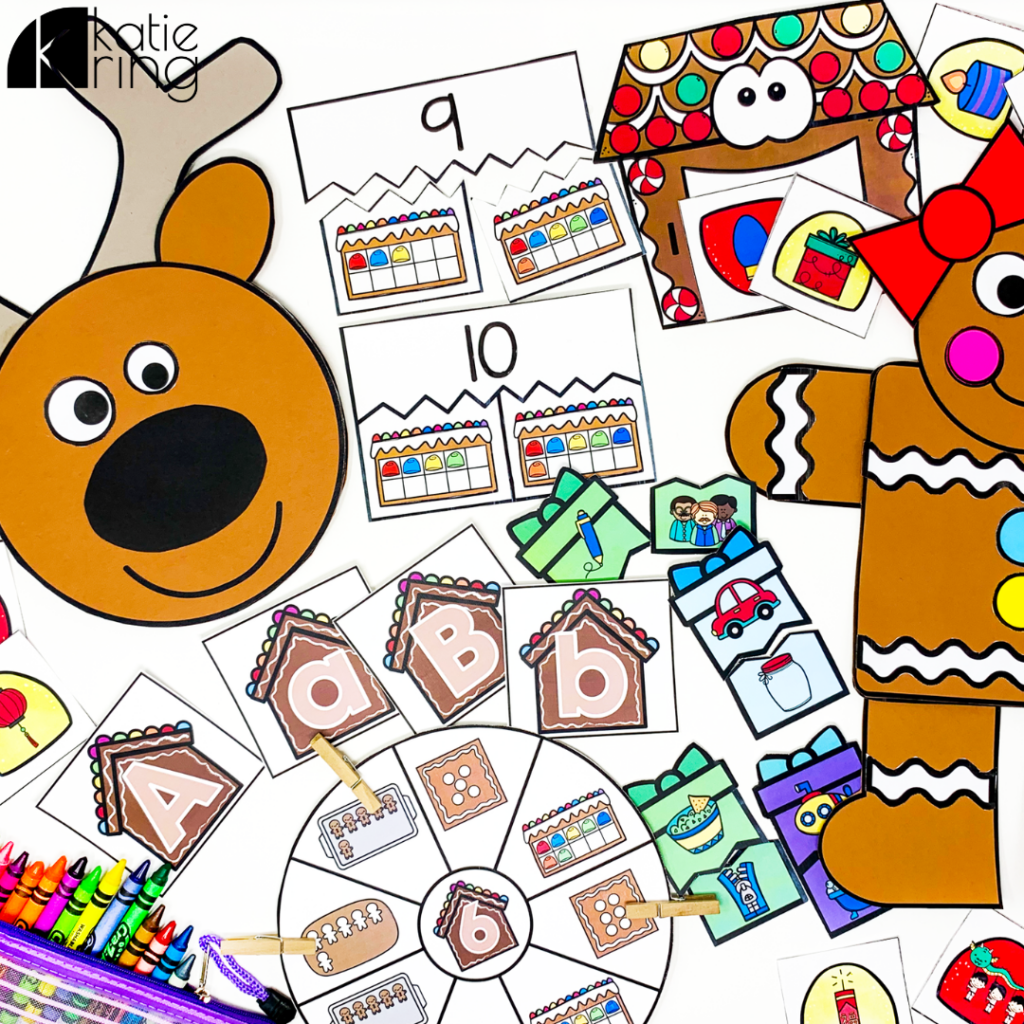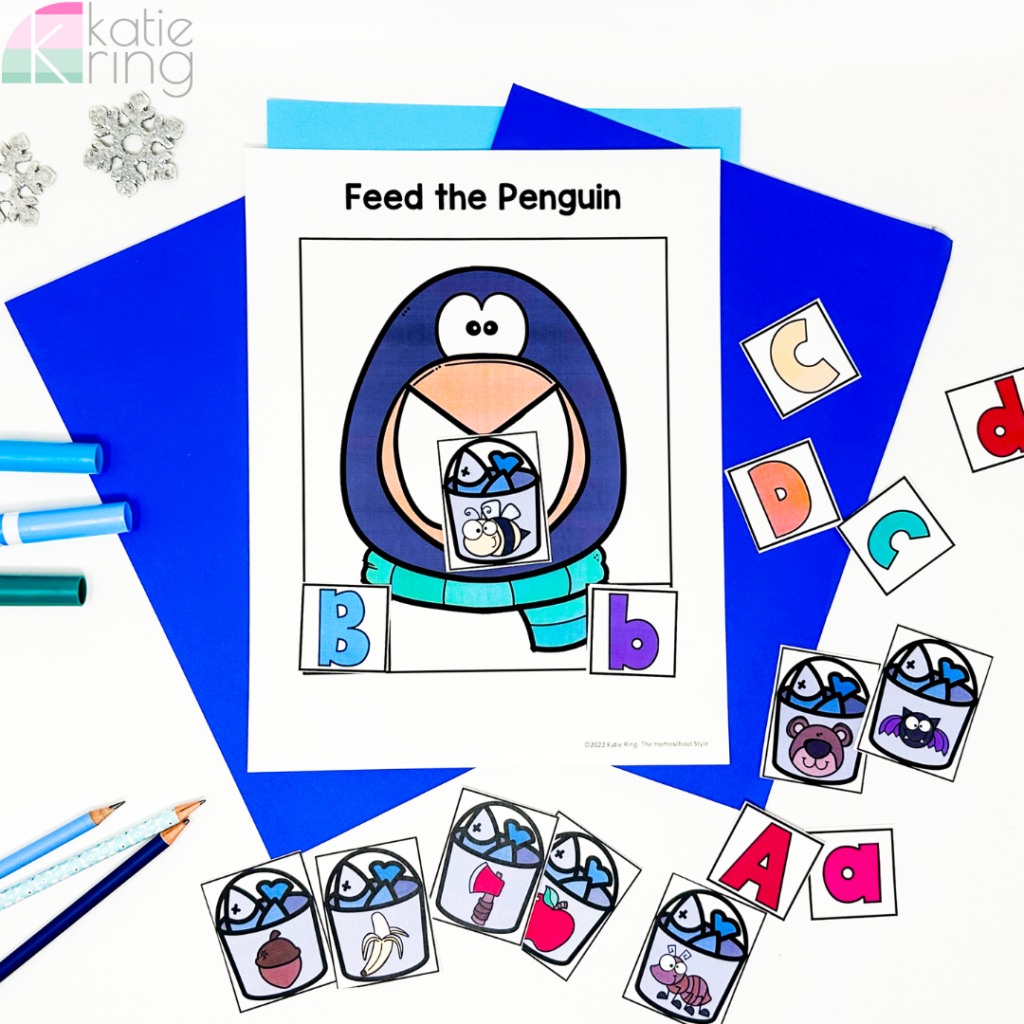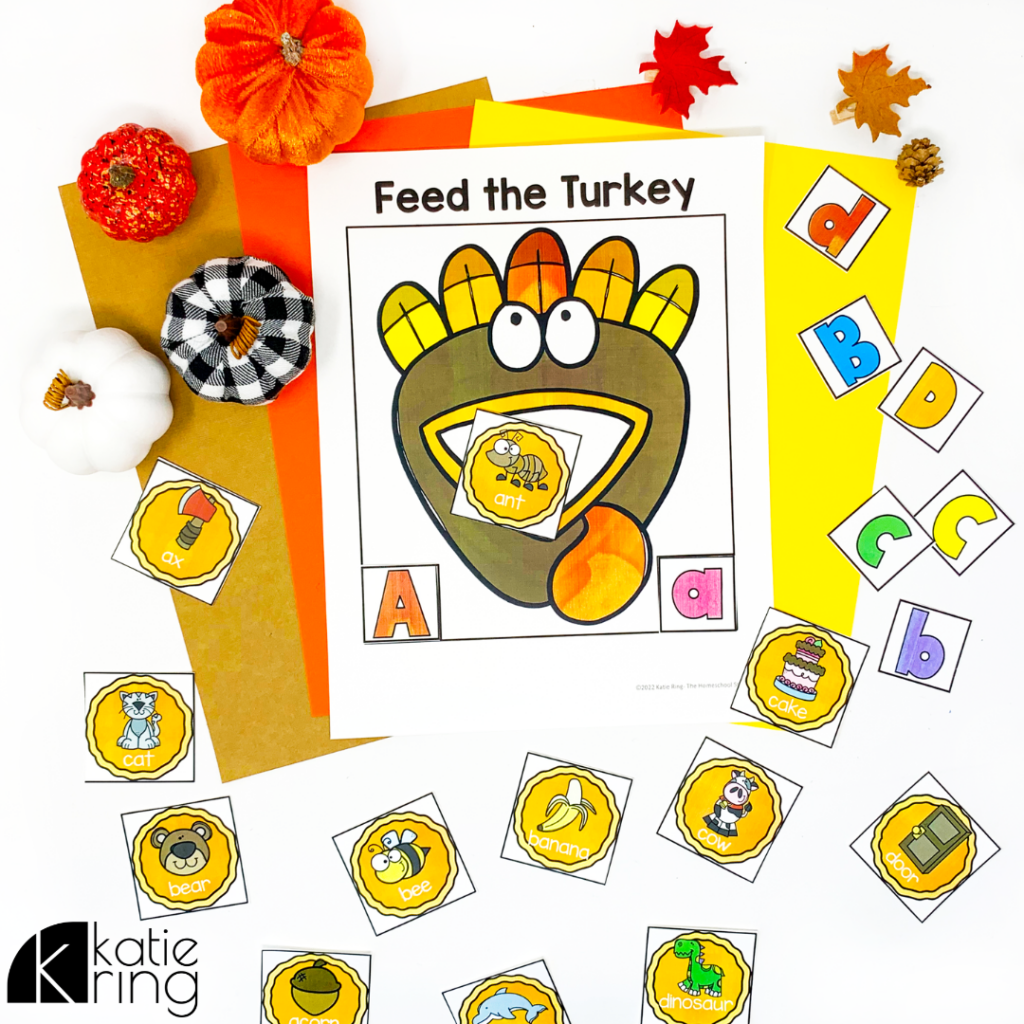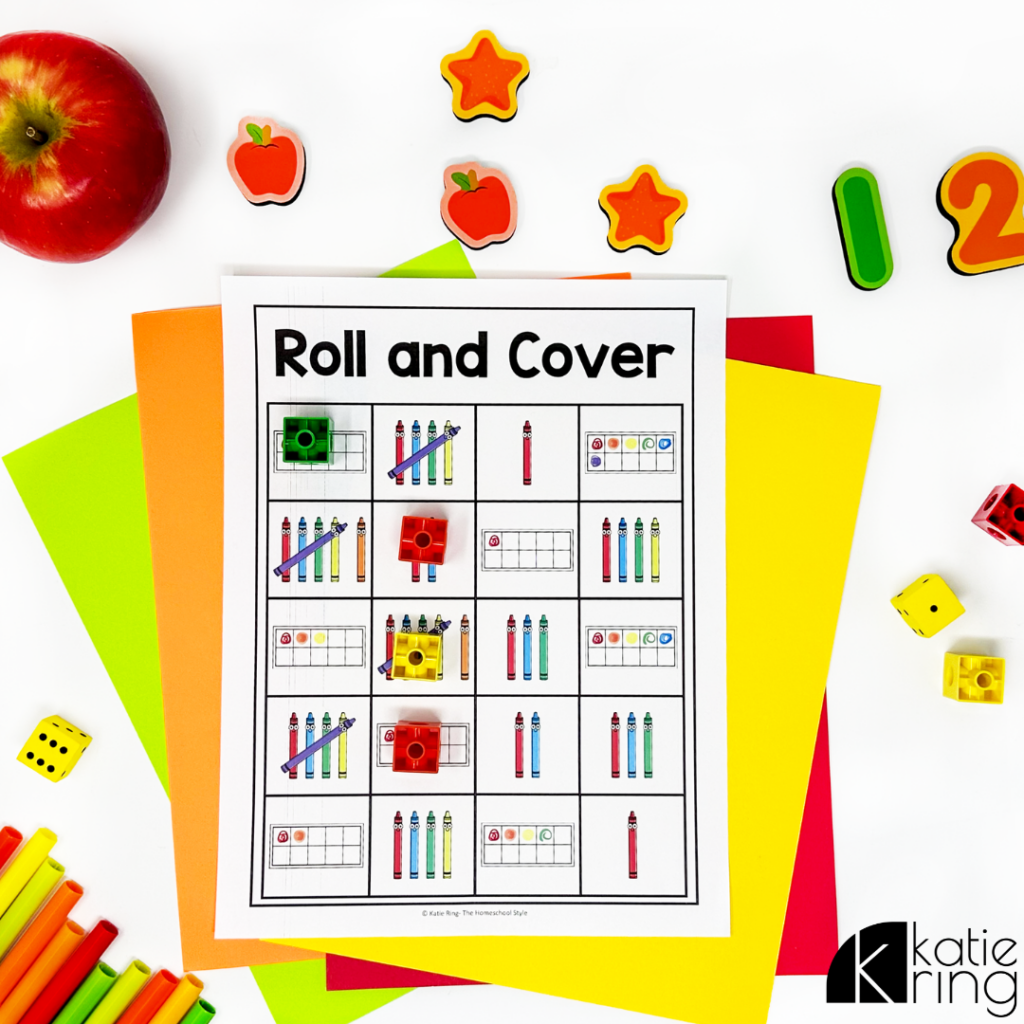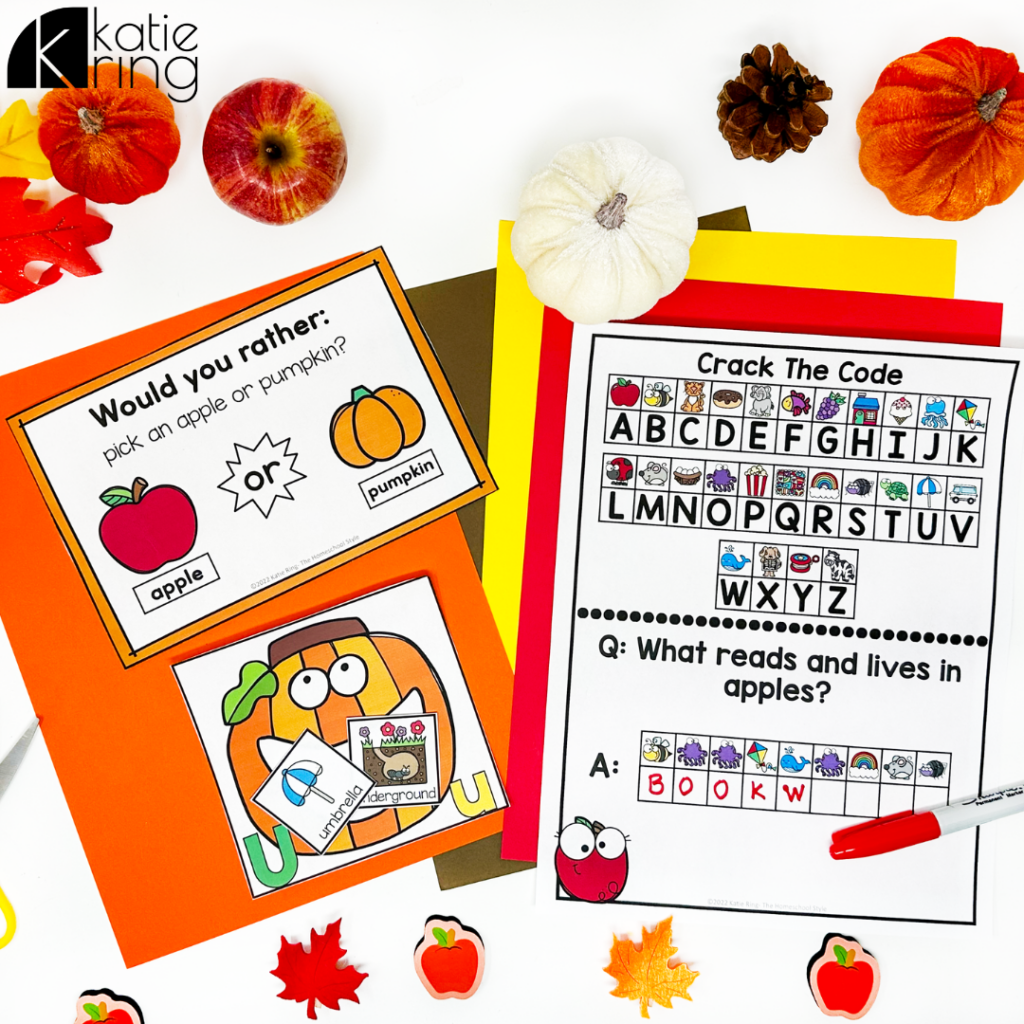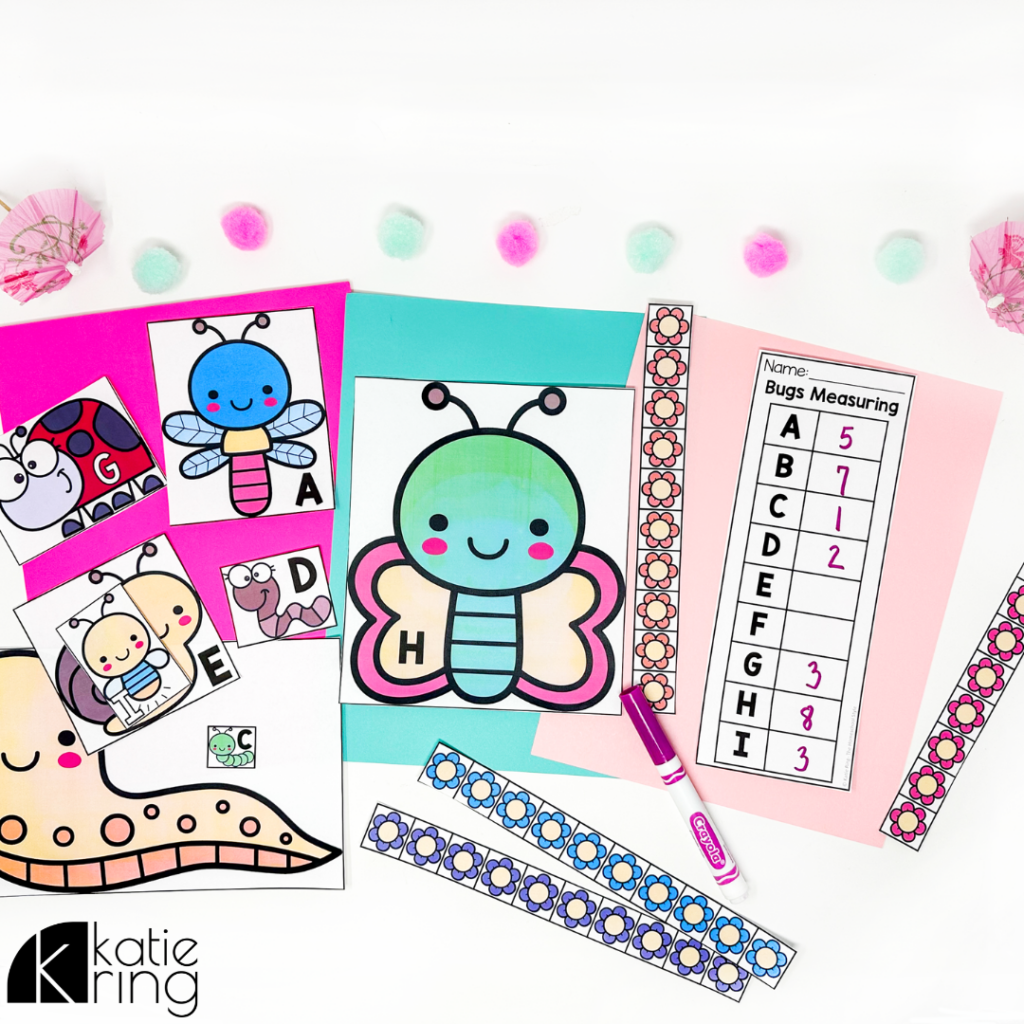If you’re looking for a way to keep your students engaged in learning day after day, great classroom centers are exactly what you need! Classroom centers will unlock new ways to learn that will excite and motivate your students like never before. There is a formula to consider when crafting your own classroom center routine though! Set yourself (and your students) up for success with classroom centers that will guarantee engaged learning all year long!
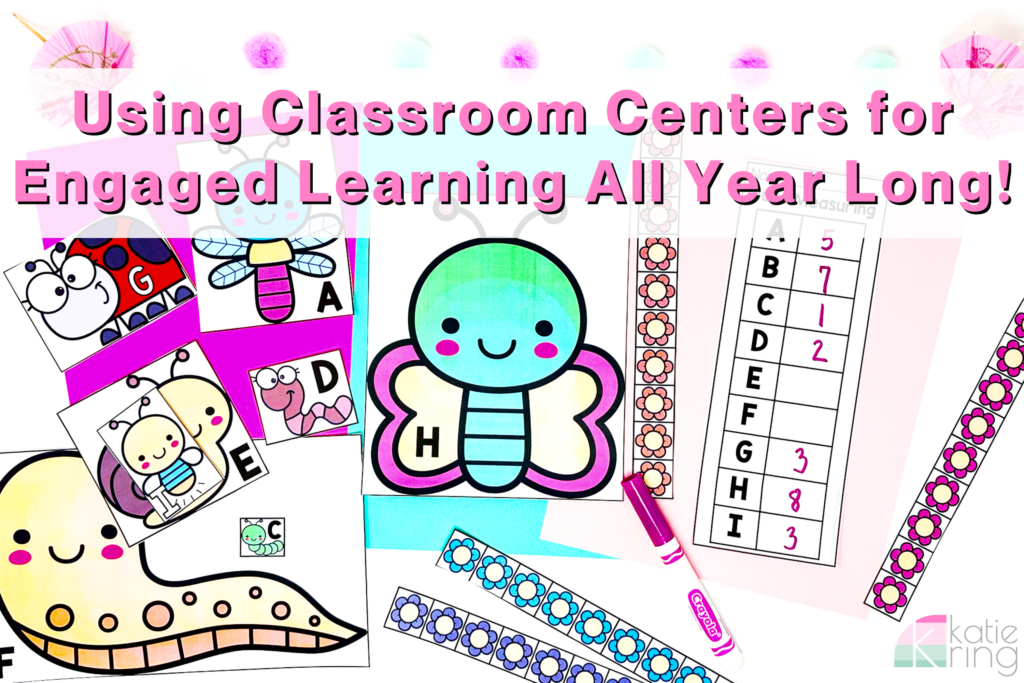
The Purpose of Centers in the Classroom
Center time is a vital piece of the puzzle when it comes to primary learning. If you have spent any length of time with young children, you likely already know that they can be a rambunctious and spirited bunch. Using classroom centers helps ensure that we make the most of that energy and channel it into engaged learning throughout the year!
Centers help keep students interested in academic material, allow for some movement around the classroom, and offer opportunities for hands-on learning. These things are key to successful and engaged learning for the primary crowd.
Imagine being able to target key skills and standards in ways that are actually exciting for your little learners! It’s a great feeling to watch your students’ faces light up when you announce that it’s center time. There’s true satisfaction in seeing them grow in knowledge while expressing genuine excitement for the activities you’re using.
Carefully crafted classroom centers make engaged learning not only possible but a daily part of your learning routine. Whether you’re in a traditional classroom setting, or using a homeschool environment, centers are an absolute MUST!
Characteristics of Great Classroom Centers
Not all centers are created equal. To reap the full benefits of high engagement in learning and excitement for center time, you’ll need to choose what types you include carefully. As a general rule of thumb, there are a few things I always keep in mind when selecting centers.
1. Focus on Skills Students Have Practiced Before
Part of the reason center time works so well is that the purpose is to practice previously taught skills. Centers are not the place to introduce new skills or concepts. Think of centers as practice time, and you can’t practice what you don’t know.
Allowing children time to practice things they’ve worked on in small groups or whole group learning settings presents an opportunity to build confidence. As children have some prior knowledge of the subject, they gain excitement in feeling like an “expert” as they play a game or complete a puzzle.
If you choose a center activity that has a brand-new concept, it’s likely your learners will become frustrated. And if they don’t, you are setting the stage for them to “make up” what they don’t know. This can lead to concept errors that will have to be corrected later. We all know that it is much easier to learn something correctly than it is to unlearn it.
For example, if you’ve never worked with numbers beyond ten, then don’t include teen numbers in your math centers. Instead, plan a whole group lesson first to introduce new numbers.
In this case, you might have students continue to practice number sense for numbers to 10, while your classroom lessons grow their skillset for numbers to 20. We want to grow student confidence. Give them centers that focus on skills they are familiar with and help them build it up!
2. Choose Activities that Promote Independence
This tip falls right in line with what I spoke about above, but it’s worth mentioning on its own. In most classroom environments, the goal for center time is independent learning. Why? This is because centers most often happen while the teacher or parent is doing small group or one-on-one work with other kids.
It is very difficult to run successful small groups when there are lots of interruptions. Promoting independence not only helps with this but also helps our kiddos grow in problem-solving abilities too!
So, keeping this in mind, I like to choose classroom centers that use a familiar format. Keeping activities consistent is one of the best ways you can promote independence with young learners. But don’t worry, just because the activity stays the same doesn’t mean the content has to.
For example, we use “Roll and Cover” center games every month. Even though the theme and skill changes, the directions do not. Students can jump right into this activity and get to work! They know just what to do.
3. Use Seasonal Themes to Keep Classroom Centers Fresh
This tip might be my favorite of all. Seasonal, themed classroom centers are the secret sauce to success! What I mean by this is that when you bring fun themes into your classroom centers, you expect engagement all year long. Why you ask? Well, because holidays and themes are just plain fun!
I’ve yet to meet a child who doesn’t get excited at the mention of a holiday or a fun classroom theme they’ll relate to. Whether we’re learning about creepy spiders and bats in October, or all about Reindeer in December, I can count on engagement!
By using a new theme in your classroom center time each month, you will help make the content feel fresh and exciting, even if you’re working on the same skills as the month before!
The change in the theme allows you to work on the same skill in new ways. If you do an apple alphabet matching game in September and a pumpkin alphabet matching game in October, your kids see this as 2 different games. The change in themes keeps skills practice new and fresh in the minds of our students.
This added touch is truly what leads to engagement all year long, so don’t skip it with your primary learners!
Managing Classroom Centers
We could have a whole conversation about classroom center management for different environments. There are SO many ways you can do this, but personally – I like to keep it simple. Deciding on a few things in advance will help you manage center time and help your students excel! Here are my top 5 tips for managing classroom centers:
1. Make Rules and Expectations For Classroom Centers Crystal Clear
Centers often use lots of little pieces and manipulatives. Make sure your students are clear on how to use these materials, and how to put them away properly.
This is something I highly recommend working on during the first few weeks of school or before you introduce center time.
Set aside time in the day to discuss how manipulatives are properly sorted, how to make sure marker lids are on tight, and how to organize center cards back in their envelope or bag.
This will save you a lot of headaches in the future!
2. Make Classroom Centers a Routine
The best way to cement classroom center habits in your classroom is to make it a routine. Choose a time when you’ll use centers daily and stick to it! I like to have center time in the morning, after we’ve done our morning meeting to allow me a chance to explain any new centers prior. I know many teachers who do centers in the afternoon when attention spans for lessons are shorter. Whatever you choose, just be consistent.
Your students will love the predictability in your schedule and look forward to seeing what centers they’re working on each day!
3. Model Classroom Centers in Whole Group Learning First
As I briefly mentioned above, one of my favorite ways to help make center-time run smoothly is by modeling it to students in whole-group learning beforehand.
A great time to do this is during your morning meeting or in your whole class practice at the end of a lesson! Start out by doing the center together as a class. You can also introduce activities in small groups too.
The goal of this is to teach your students how to do the center activity. That way, when the activity makes it to a center rotation students already know what to do. This is key to building that independence.
A class favorite activity every year is “Feed The…” Games. I have these for just about every theme and they’re such a hit! But before I add these games to centers we play as a class.
To play, I’ll corral all the game pieces into a bucket and allow each student to choose one to feed to our animal or object. By doing this students learn how the game is played and as a bonus, I can see how everyone is doing on the skill. It is a fun community-building opportunity too!
4. Prep Smarter, Not Harder
Centers can take a fair bit of time to prep. To help lighten the load, I like to make sure I’m using a blend of higher-prep classroom centers, like games, along with low-prep options, like worksheets. This will save your sanity and give students some variety too!
For example, for each week you might have a couple of higher-prep math and literacy games, some writing worksheets, and a couple of play dough mats.
This is a great way to make sure you’re not spending tons of time prepping all.the.things.
Oh, and laminate everything. I know this is an extra step, but trust me… It’s so worth it! This is especially true if you’re in a traditional classroom setting and plan to use your centers year after year. It may seem like extra work now, but within a few years you will have created a nice rotation of center activities that don’t need to be prepped. Just trust me on this – you’ll thank me later. 🙂
5. Have a Plan in Place for Rotation
This one is key for those of you in the classroom. Whether you use a timer or a doorbell to signal clean-up time, make sure you consider how you’d like your own center time to run. In my classroom, we had a 2-minute warning before the end of each rotation which signaled it was time to get things back in order.
Students knew this was also the signal to gather up supplies, put them away, and quietly sit down. Then they would wait for the sign to switch to the next center. But this procedure is something you need to teach them!
I liked to award points for our rewards system to groups of kiddos who followed our procedure for center time perfectly. This is a great motivator to stay on task and listen closely!
I would also suggest having a visual display so that students know what centers they are going to on any given day. This might be a pocket chart or a digital rotation chart you can project on the board. If you are going to allow students to choose their centers, then make sure you have a system in place so that students know when a center is full. I recommend setting a limit to the number of students you allow in each center at any given time.
As with other procedures, thinking through how you want centers to flow, and then teaching that to your students is key. Don’t be in a rush to jump into a full rotation. Start small, take time to teach the procedures, and practice them. It will help your centers run more smoothly in the long run.
As with anything, you’ll likely know what you do (and don’t) like about your center routine after you’ve put it into action. You’ll pick up on pain points and can fine-tune your center routine with time.
But, if you’ve thought through the tips above, you’ll be in a great starting place!
Get Started with Engaging Classroom Centers Today
Maybe you’re a veteran teacher and you’re already using centers, but they aren’t working out quite how you’d hoped. Or maybe you’re brand new to using classroom centers! Either way, today is a great day to get started with centers that will WOW your students, capture their attention, and help them stay engaged in learning.
If you’re looking for a super simple way to implement everything we’ve talked about, you’re in luck. I have a HUGE bundle of all of my classroom centers available. These are absolutely perfect for pre-k, kindergarten, and first-grade classrooms. They’ll help your students master important math and literacy concepts through engaging activities and hands-on learning!
Plus, with a new theme and topic of study for each month, your students will never get bored with classroom centers either! Take the guesswork out of planning meaningful centers and check out the full bundle here. They’ll simplify your planning and make center time your favorite part of every day!
Save This Post
This post is jam-packed with my favorite tips and tricks for successful classroom centers. Pin it on Pinterest so you don’t lose track of it!
